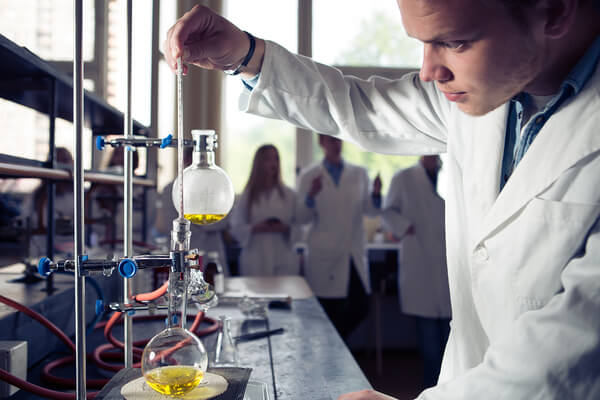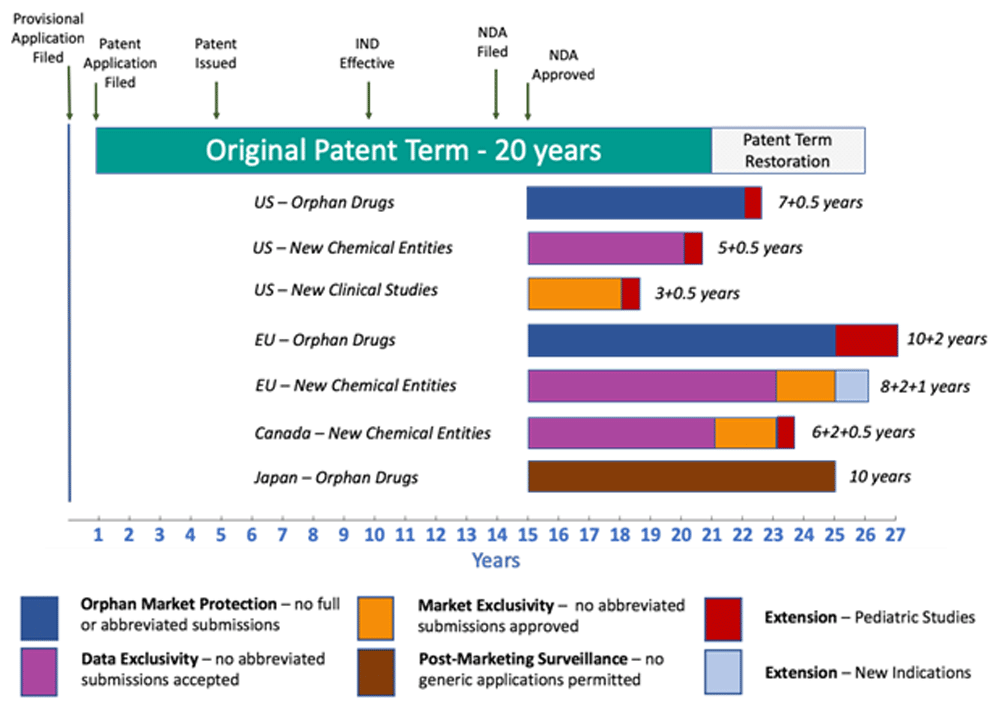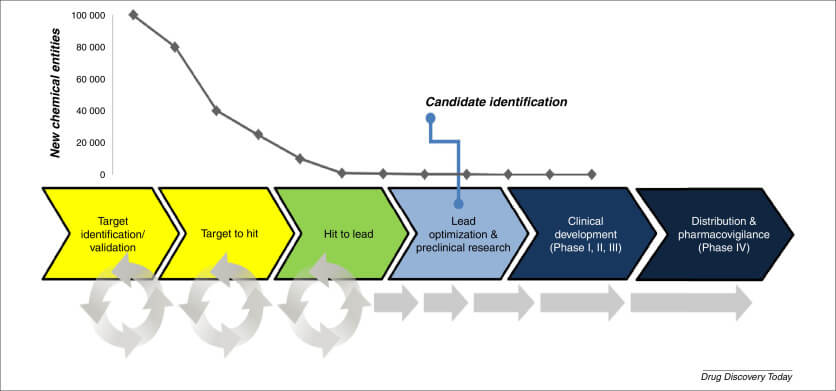The pharmaceutical industry is a highly competitive and research-intensive sector, with significant investments in research and development (R&D) to create innovative drugs and treatments. Intellectual property protection, particularly patents, plays a crucial role in ensuring that these investments yield economic rewards and incentivize further innovation. However, the global nature of the pharmaceutical market presents unique challenges in protecting drug patents across different jurisdictions.
The Importance of Patent Protection
Patent protection is essential for pharmaceutical companies to recoup their investments in R&D. The patent system grants a limited period of market exclusivity, allowing companies to recover their costs and generate profits. This exclusivity also encourages companies to invest in further research, leading to the development of new and improved treatments. As Abraham Lincoln once said, “the patent system added the fuel of interest to the fire of genius”.
Challenges in Global Patent Protection
Despite the importance of patent protection, the global pharmaceutical market faces several challenges in protecting drug patents. One significant issue is the varying levels of intellectual property protection across different countries. Some countries, particularly in the developing world, do not provide adequate patent protection, leading to unauthorized copying and reduced investment in R&D.
Another challenge is the complexity of patent laws and regulations across different jurisdictions. Each country has its own patent laws, and companies must navigate these laws to secure and enforce their patent rights. This can be a time-consuming and costly process, especially for small and medium-sized enterprises (SMEs).
Strategies for Protecting Drug Patents Globally
To overcome these challenges, pharmaceutical companies employ various strategies to protect their drug patents globally. One key approach is to secure patents in multiple countries through international agreements such as the Patent Cooperation Treaty (PCT) and the Madrid Protocol. These agreements streamline the process of filing patents and trademarks in multiple countries, reducing the administrative burden and costs.
Another strategy is to develop and patent new formulations of existing drugs. This approach can extend the patent life of a drug by creating new and improved formulations that are clinically superior to the original drug. For example, Lilly developed and patented a once-weekly, sustained-release formulation of the antidepressant drug Prozac, extending its patent protection and market exclusivity.
The Role of Trade Agreements
Trade agreements also play a significant role in protecting drug patents globally. The General Agreement on Tariffs and Trade (GATT) Uruguay Round and the North American Free Trade Agreement (NAFTA) have set high standards for intellectual property protection in the pharmaceutical industry. These agreements have encouraged countries to strengthen their patent laws and enforcement mechanisms, providing a more favorable environment for pharmaceutical companies to invest in R&D.
Conclusion
Protecting drug patents in global markets is crucial for pharmaceutical companies to recoup their investments in R&D and incentivize further innovation. While the global pharmaceutical market faces challenges in protecting drug patents, companies can employ various strategies such as securing patents in multiple countries, developing new formulations, and leveraging trade agreements to protect their intellectual property rights. As the pharmaceutical industry continues to evolve, it is essential to ensure that patent protection mechanisms keep pace with the changing landscape.
References
- Cairn.info. (2018). Prices, Patents and Access to Drugs: Views on Equity and Efficiency. Revue Française des Affaires Sociales, 249–272.
- Obolon.com. (n.d.). Intellectual Property Protection And The Pharmaceutical Industry.
- NCBI. (n.d.). Patent Protection Strategies.
- USPTO. (2018). Protecting Intellectual Property Rights (IPR) Overseas.
- BioPharma Dive. (2024). Drug Patents Protect Pharma Profits. Track When They’ll Expire.
























